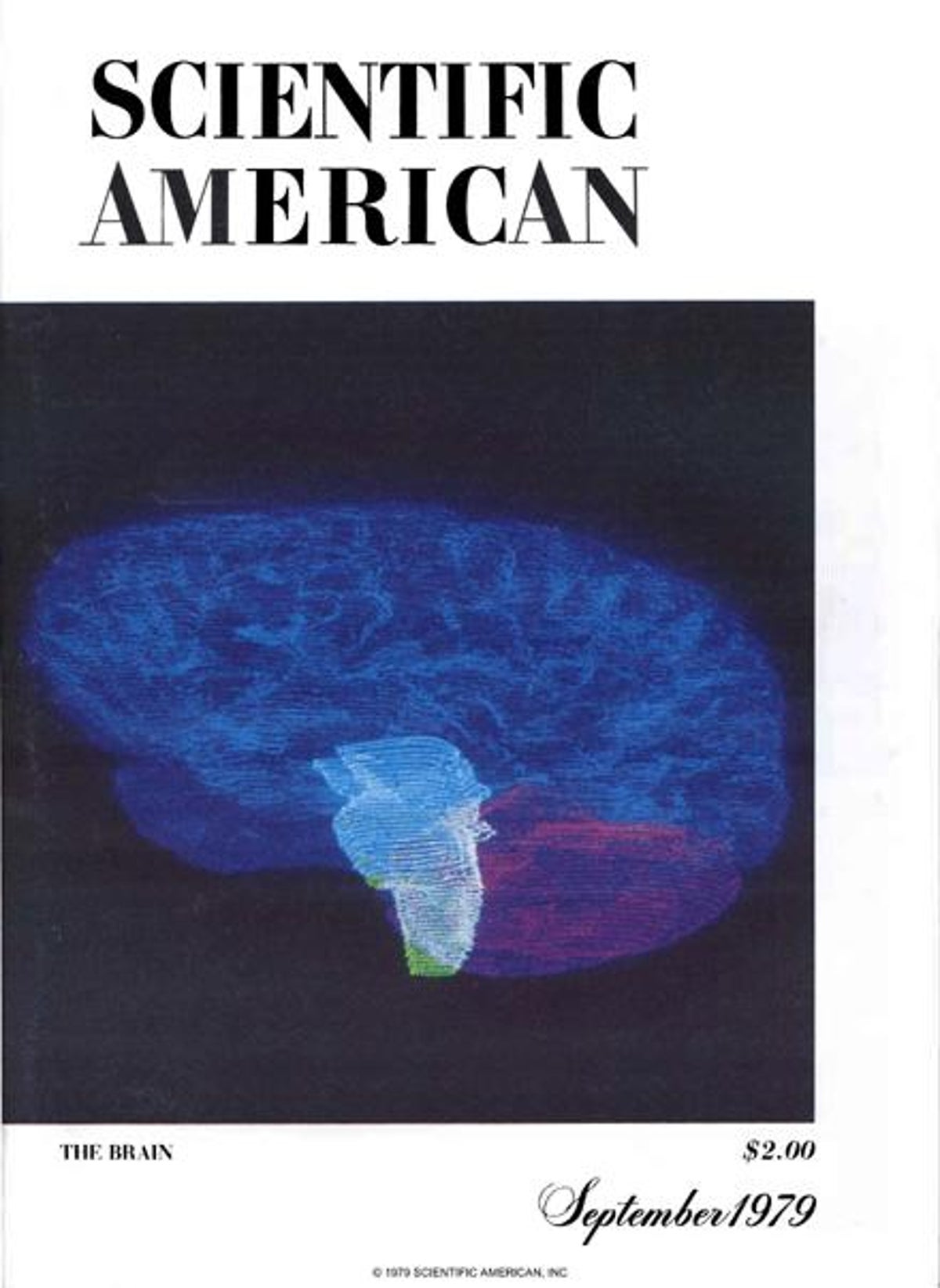SimpleTheater
Addicted to Fun and Learning
I know that people have stated, with links, that Kuncher made many mistakes in this paper:
Thread showing inaccurate measurements:
However, I have not seen why his blind test was invalid. Can someone point to an issue where he may have allowed a sighted A/B comparison, or where the dB level was off?
We are often told to “do a blind test”, and I’m assuming no one is asking for detailed mathematical formulas, just the method of conducting the test and the results.
Thanks in advance.
Thread showing inaccurate measurements:
However, I have not seen why his blind test was invalid. Can someone point to an issue where he may have allowed a sighted A/B comparison, or where the dB level was off?
We are often told to “do a blind test”, and I’m assuming no one is asking for detailed mathematical formulas, just the method of conducting the test and the results.
Thanks in advance.


